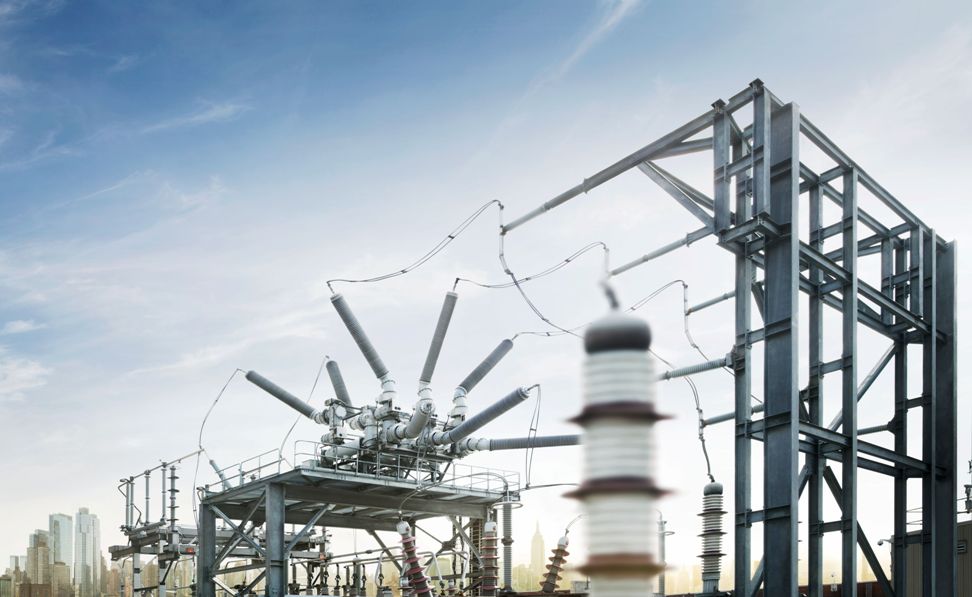Central Electricity Authority (CEA), in a recent missive, has clarified on the technical standards for gas-insulated switchgear (GIS) and hybrid GIS, deployed for switchgear on the distribution side, comprising voltage levels 33kV, 22kV and 11kV.
The CEA note said that as per clause 51(2) of CEA (Technical Standards for Construction of Electrical Plants and Electric Lines) Regulations, 2022, the 33/11kV, 33/22kV and 22/11kV substations and switching stations shall be either air insulated or gas insulated or hybrid, as the case may be. However, for coastal areas, substations need to be of the GIS type.
Further, the GIS/Hybrid GIS shall comply with the requirements as mentioned in IEC 62271-200 for factory-assembled metal-enclosed switchgear and control gear for alternating current of rated voltages above 1kV and up to (and including) 52kV for indoor and outdoor installation.
As per the aforementioned IEC, the compartments in GIS may be various types like gas-filled or solid-insulated. Accordingly, GIS and Hybrid GIS have been defined as follows:
GIS
GIS refers to switchgear where the primary insulation medium is a gas which is used at certain pressure for phase-to-phase and phase-to-ground insulation of all switchgears including busbars. The inter-panel coupling may be inside or outside the gas compartment as per the design of the OEMs. Typically sulphur hexafluoride (SF6) gas is being used for the insulation presently. However, other gas insulating medium (like dry air) is also being used by some manufacturers in place of SF6 gas to reduce the use of SF6 gas.
Hybrid GIS
Hybrid GIS switchgear refers to the combination of different insulation technologies within the same switchgear assembly. It typically involves a combination of air-insulated (AIS) or gas-insulated (GIS) or solidly-insulated compartments or modules within a single switchgear arrangement. Generally, breaker poles may be gas insulated, while the busbar is outside gas compartment in air with solid insulation in Hybrid GIS. Further, sulphur hexafluoride (SF6) gas is being used for the gas insulation presently, however, other gas insulating medium (like dry air) is also being used by the manufacturers in place of SF6 gas to reduce the use of SF6 gas.
Live parts
The CEA communication has also mentioned that conducting parts in the switchgear in GIS and Hybrid GIS should be touch-proof type under all the circumstances. Even if any of the compartments are air insulated, the live parts in these compartments should also be solidly insulated to be touch-proof type to minimize the possibility of faults due to inadvertent contacts and to ensure the safety of the operating personnel under all circumstances.
Also read: CEA Proposes RTM Route For Re-Conductoring Of ISTS Lines
Location of insulation
The CEA communication has summarized the location and insulation of major components, in GIS and hybrid GIS, as follows:
Featured photograph (source: Hitachi Energy) is for representation only.

